As smart cars become more popular, lidars have been installed in various places: on the car roof, in the grille, and beneath the headlights...These installation locations have one thing in common: they are all outside the vehicle cabin.
Where else could lidar be installed? The obvious answer is "in the cabin."
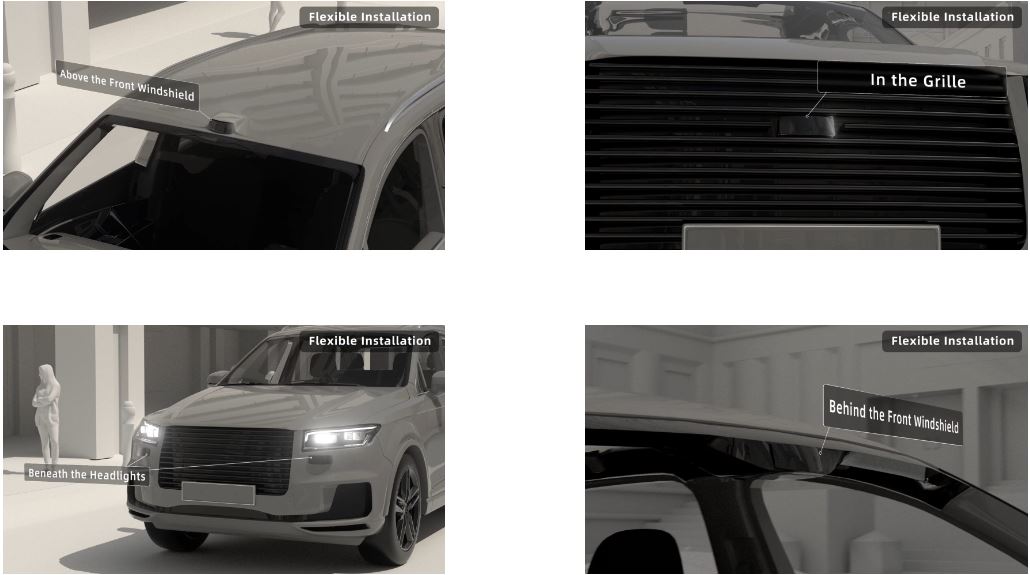
There are many benefits to installing lidar in the cabin:
First, since the lidar is installed behind the windshield, it is physically isolated from the outside. The glass can effectively protect the lidar from external interference such as dust and rain, through quick cleaning via windshield wipers. The lidar is also less likely to be scratched or damaged.
The in-cabin placement also enables a sleek vehicle design without affecting aerodynamics.
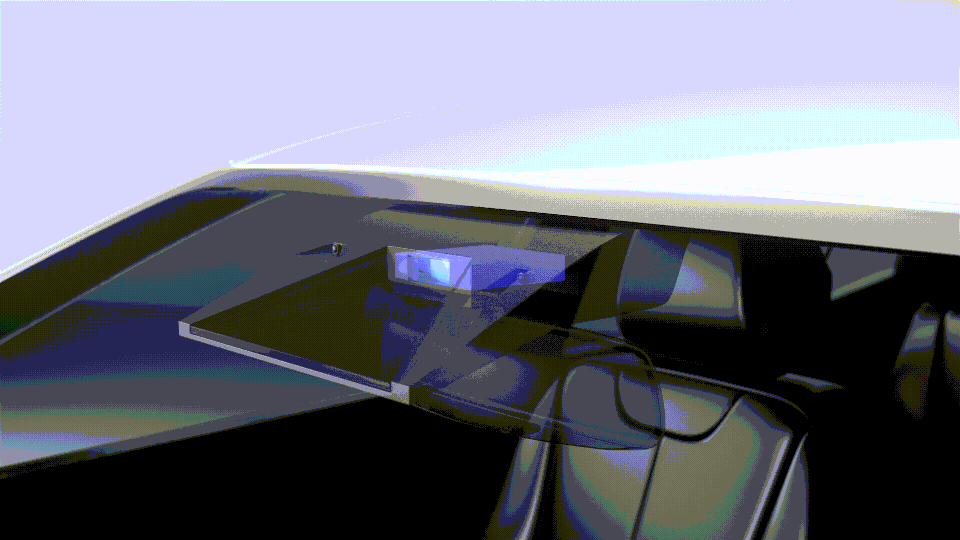
Lidar installed in the cabin
Seemingly separated by a piece of glass, what is the difference between installing the lidar inside or outside the cabin? Today, let's talk about this "exclusive" piece of glass used for the in-cabin lidar solution.
A large amount of infrared light from the sun can quickly raise the temperature inside the car. For a more comfortable riding experience and energy-saving purposes, car windshields often use special coatings to absorb infrared light for heat insulation.
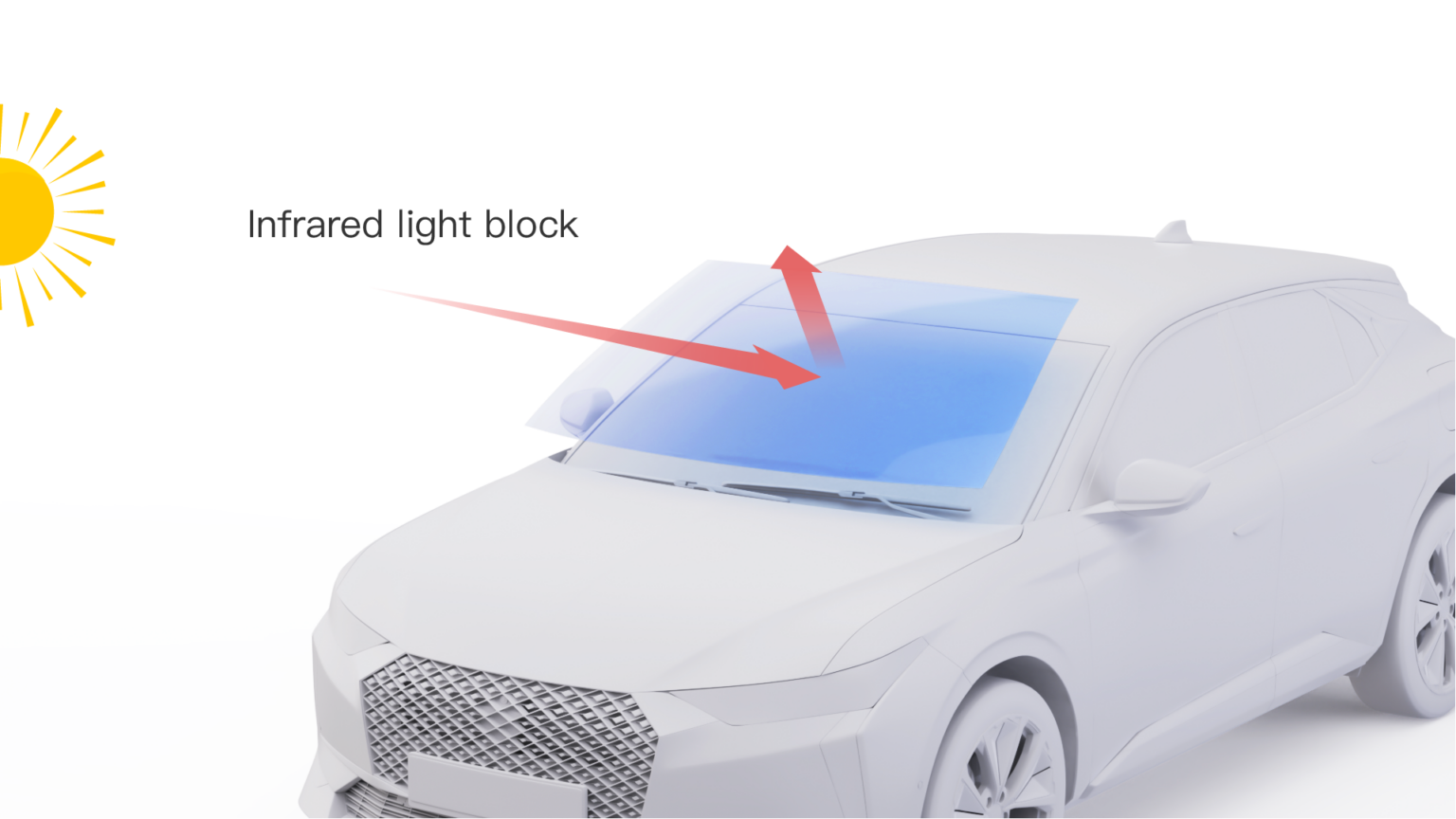
IRR (Infrared Reflective) windshield blocking infrared light
From previous articles, we know lidar perceives the environment by emitting and receiving infrared lasers. If the lidar is installed inside the cabin, the infrared lasers will have to go through the IRR windshield twice. During this process, the lasers will be absorbed and reflected by the windshield, significantly affecting the lidar's perception.
The paradox is that automotive windshields must block infrared light to insulate heat, but infrared lasers must pass through for lidar perception.
How greatly will the glass affect lidar's perception? Results from the testing show, when a beam of infrared laser in the horizontal direction passes through the IRR coating windshield, the signal is attenuated by as much as 90% [1]. If the lidar's original ranging capability is 250 meters, the beam's ranging capability will decrease to only 60 meters. [2]. This means traditional IRR coating windshield can severely weaken the lidar's performance, decreasing resolution drastically.
[1] This is Hesai's internal test data for using a common heat-insulating glass, given that the angle between the front windshield and the ground is 25° at the position where the lidar is installed.
[2] This only represents the beam's performance when horizontally positioned in the middle space parallel to the ground. The angle between the beam and the glass will affect the beam's performance.
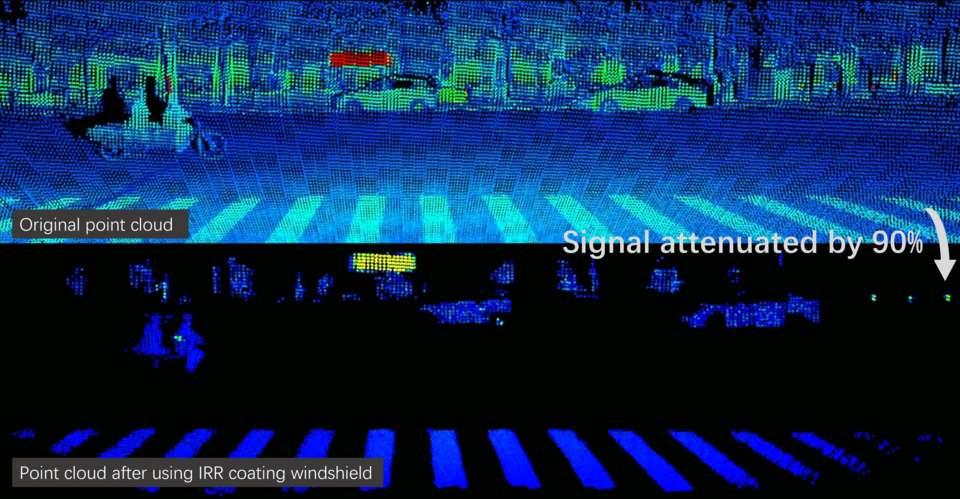
The solution to this problem is to develop an "AR-coated (Anti-Reflective) windshield" that can increase infrared light transmittance while also reducing signal attenuation.
Hesai Technology and Fuyao Group decided to tackle this technical challenge together. Fuyao Group is one of the largest automotive glass suppliers, with strong technical expertise and the largest export volume in China. It has designed a special AR-coated windshield glass for Hesai ET25's laser wavelength. By improving the glass' composite structure, lidar's infrared laser transmittance rate has increased up to 3 times [3].
[3] From actual measurement data of Fuyao Group's customized glass for Hesai
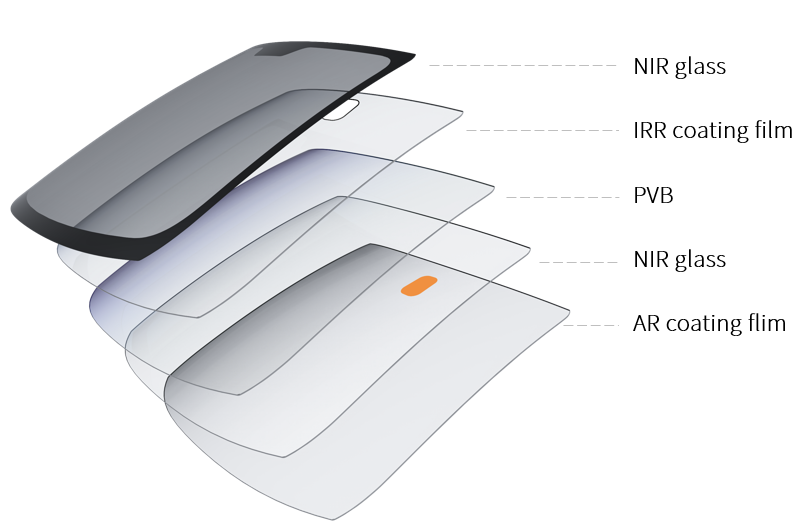
Customized AR-coated windshield for in-cabin lidar (Source: Fuyao Group)
The "upgraded" windshield ensures the performance of in-cabin lidar is not compromised. Through testing, the lidar installed behind the AR-coated windshield provides excellent perception capabilities.
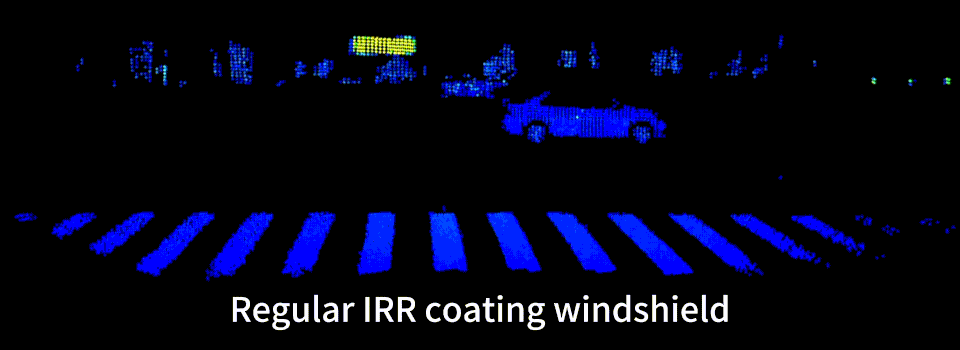
For practical applications, it is not necessary to upgrade the entire windshield to be "AR-coated". Performing special treatment only in the KOZ (Keep Out Zone) area can achieve both heat insulation and excellent lidar perception.
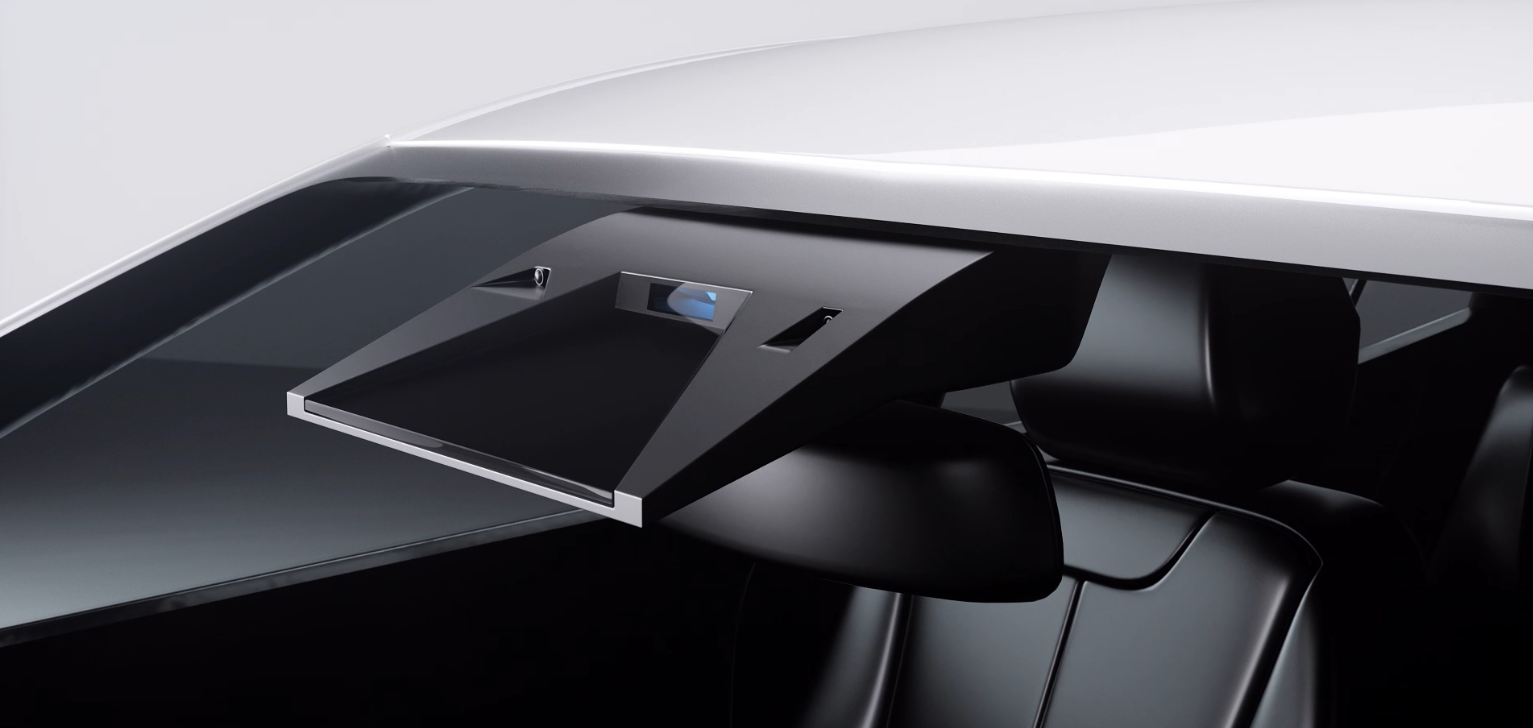
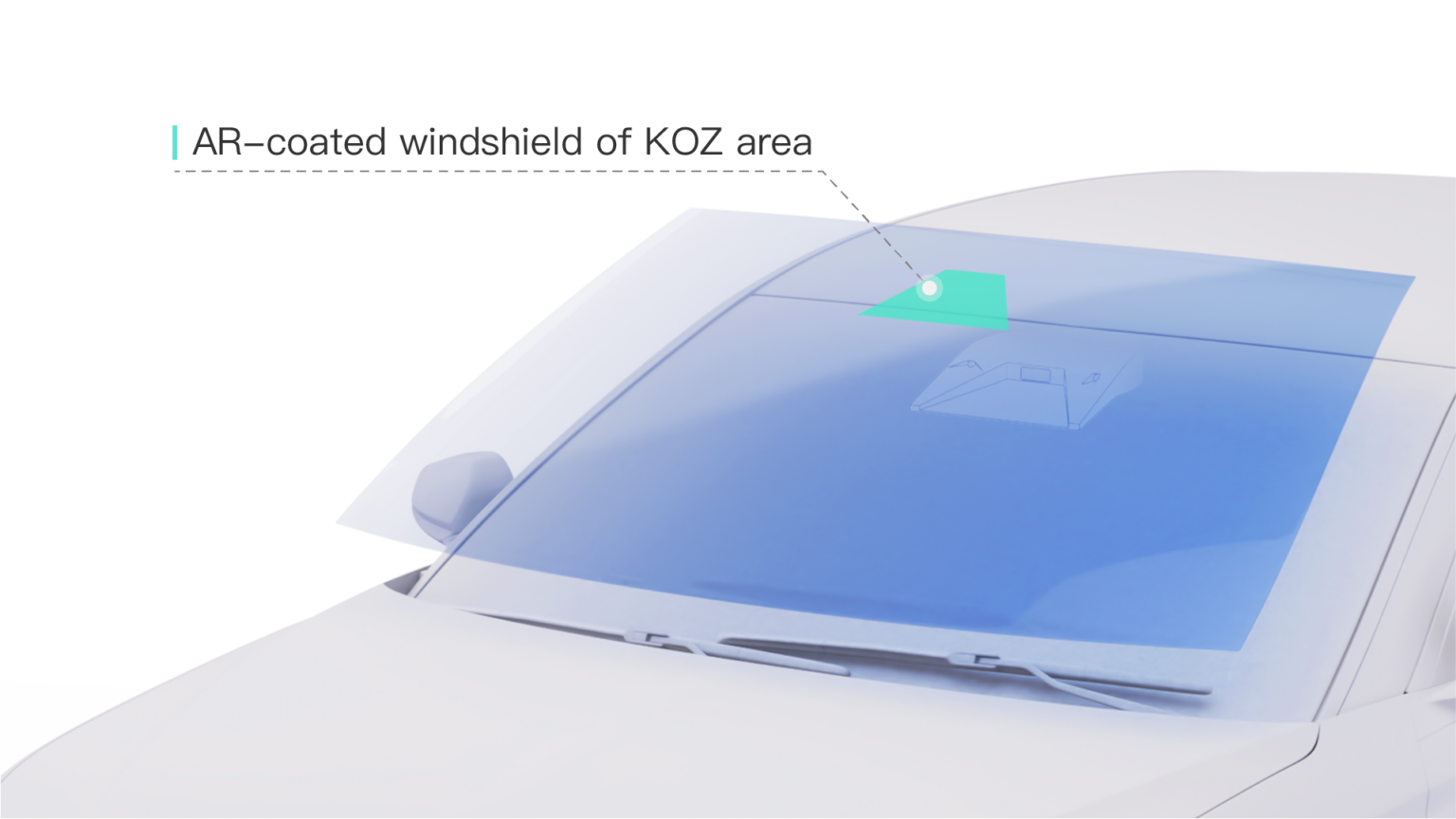
The specially-treated KOZ area
Joining hands with Fuyao Group, Hesai has successfully solved the problem of windshield signal attenuation and provided automakers with a complete in-cabin lidar solution that covers both practical functionality and aesthetics.
ET25's release presents new possibilities for the lidar industry. Automakers can now choose between in-cabin and outside-the-cabin lidar solutions based on product performance and car design. And for consumers, in addition to the futuristic appeal of outside-the-cabin lidar installation, there is now a sleeker in-cabin installation option available, offering a wider range of choices.
TrendForce 2023 Infrared Sensing Application Market and Branding Strategies
Release: 01 January 2023
Format: PDF
Language: Traditional Chinese / English
Page: 164
If you would like to know more details , please contact:





 CN
TW
EN
CN
TW
EN












